Liposuction can reduce weight, but the effect is limited and mainly targets local fat accumulation, which cannot replace a healthy lifestyle. Liposuction surgery removes fat cells through physical means, resulting in short-term weight loss, but long-term effects depend on diet and exercise habits. Liposuction is suitable for people with stable weight and stubborn local fat, but there are certain risks involved and careful selection is necessary.
1. Principle and Effect of Liposuction
Liposuction surgery involves inserting a thin tube through a small incision and using negative pressure to extract fat cells. This method can quickly reduce fat in specific areas such as the abdomen, thighs, buttocks, etc. Due to the permanent removal of adipocytes, the problem of local fat accumulation has been improved. But liposuction cannot reduce visceral fat, nor can it solve the problem of systemic obesity. The postoperative weight loss is limited, usually 2-5 kilograms, and the specific effect varies from person to person.
2. Indications and Risks of Liposuction
Liposuction is suitable for individuals with a body mass index (BMI) within the normal range but significant local fat accumulation. For overweight or obese individuals, liposuction is not the first choice and weight loss should be achieved through diet and exercise. Liposuction surgery carries certain risks, including infection, bleeding, and uneven skin texture. After surgery, it is necessary to wear shapewear, and the recovery period is about 2-4 weeks. Serious complications such as fat embolism, although rare, can be life-threatening.
3. Weight management after liposuction
Weight may rebound after liposuction, and the key is to maintain a healthy lifestyle. It is recommended to adopt a balanced diet, control calorie intake, and increase protein and fiber intake. In terms of exercise, combining aerobic exercise and strength training, such as running, swimming, weightlifting, etc., can help improve metabolic rate and prevent fat from accumulating again. psychological factors cannot be ignored, establish a positive self-image, and avoid emotional eating.
4. Other weight loss methods
In addition to liposuction, there are other weight loss methods to choose from. Non invasive methods such as cryolipolysis and radiofrequency lipolysis destroy fat cells through low temperature or thermal energy, without the need for surgical incisions and with a short recovery period. Dietary therapies such as low carbohydrate diets and intermittent fasting achieve weight loss by adjusting dietary structure. Exercise therapies such as high-intensity interval training (HIIT) and yoga burn fat and improve body shape through high-intensity exercise. Liposuction can reduce weight, but the effect is limited and mainly targets local fat accumulation. Before choosing liposuction, it is necessary to fully understand its indications and risks, and after surgery, it is necessary to cooperate with a healthy lifestyle to maintain the effect. For individuals with systemic obesity or overweight, liposuction is not the best choice, and diet and exercise should be prioritized for weight loss. No matter what fat loss method is chosen, it should follow scientific principles and be carried out under professional guidance to ensure safety and effectiveness.

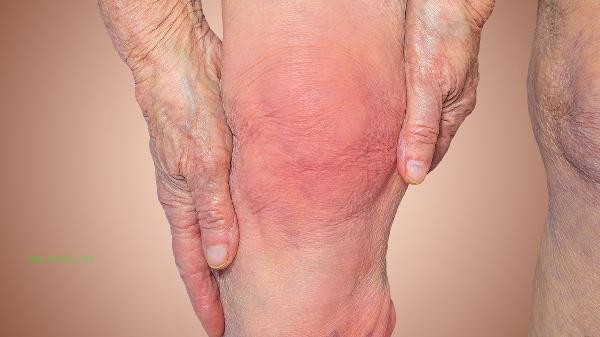
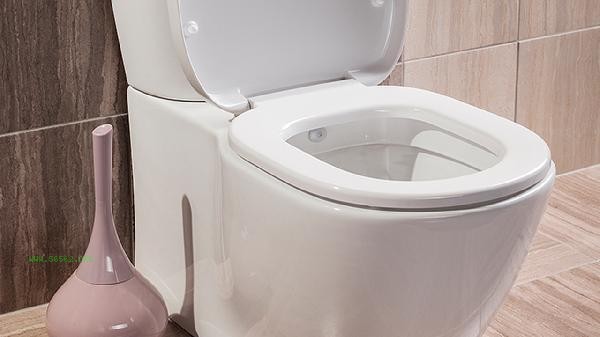
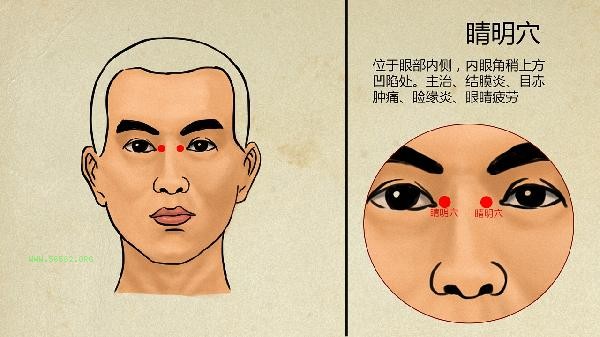
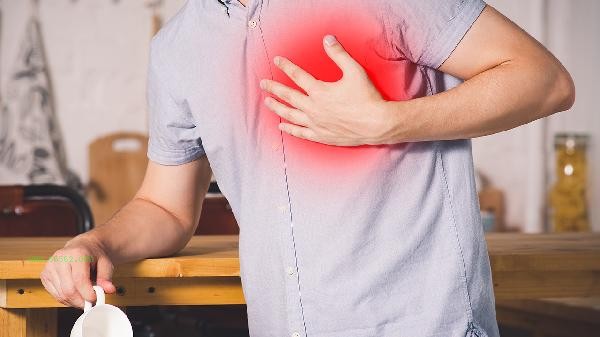
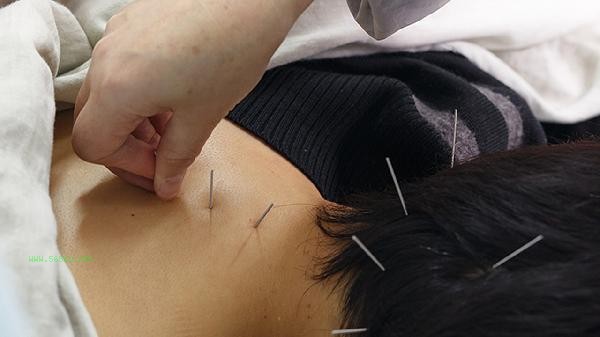


Comments (0)
Leave a Comment
No comments yet
Be the first to share your thoughts!